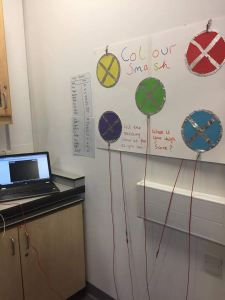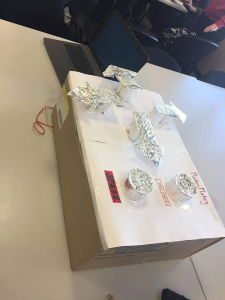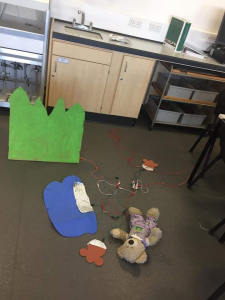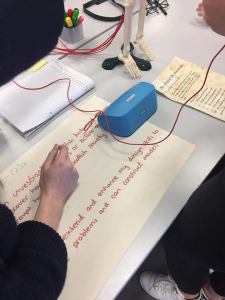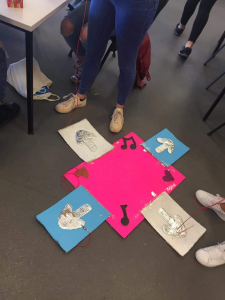Notes from Videos
Vid 1- Why teach creativity?
Teaching creativity is the highest way to get engagement. Creativity enhances their health and well-being for children to be confident. it empowers them to lead their own learning, pursue their ambition and take control of their lives. Creativity are not separate to the curriculum . Creativity skills are transferable skills for life and work which is supports learning and enhances employability.
Vid 2- improving education through creativity
Creativity is not just helpful its necessary. Teaching creativity allows educators to build innovative, personalised and flexible learning experiences and be responsible to each needs. Creative learning allows learners to work at the hierarchy of blooms taxonomy, makes learning meaningful and purposeful and gets everyone to engage in ideas that they can be proud of. Makes for curious, open-minded and imaginative problem-solvers who can demonstrate self-efficacy to take control of their lives. Give them the sort of skill set for 21st century so they can shape our future for the better.
Vid 3- Can you learn creative skills?
everyone is born with creativity but unfortunately as we grew we can forget to use these skills. we can learn helplessness rather than problem solving. they’re like muscles – if they are left they can wither but if they are challenged they grew. Research shows that the first step to develop our creative skills is to understand them and recognise them. Simply by recognising them allows us to empower them and use them in new places. We are all creative, we just need to believe it.
Vid 4- How can subjects develop creativity?
Its not the subject that is creative, its the approach. All subjects can be enriched by being delivered creatively. 3 simple tips to achieve this:
1- identify the creative learning opportunities, anything that challenges pupils to invent, explore, experiment and lead all help.
2- get creative, Use creative learning to enrich topic or lesson plan to make it more challenging. Encourage curiosity by asking questions which allows pupils to follow their interest. Teach open-mindedness by challenging expectations and offering multiple perspectives. Engage pupils imaginations by asking ‘what if?’ questions. Develop problem solving skills with open-ended challenges.
3 – Use interdisciplinary learning, working with other subjects challenges pupils open-mindedness and imagination.
Now reflect on the differences between creative teaching in dance and teaching for creativity through dance. Discuss the skills of creativity (and critical thinking) and provide examples of how you would develop these skills through dance with a class of children.
Creative teaching in dance is when the teacher is providing the opportunity for pupils to explore their creativity skills during dance subject. Providing chances for the class to use their imaginations in creating a dance routine for example. Pupils are using their creativity skills to enhance their dancing skills. Whereas, teaching for creativity through dance is using dance as an approach to enhance their creative skills. The main focus of the lesson will the the skills that the class are applying while dancing. Pupils are able to invent, explore, experiment and lead during the creation of dance routines together.
Skills of creativity involve; open-mindedness, problem-solving, curiosity and imagination. One example of how I would develop a classes imagination and problem-solving skills is by teaching the “Magical Monkey” dance. I would firstly explain that each child has a magic wand that can change them into different animals. Then they have to wave their wand then turn into each animal by acting as that animal would act while singing the following:
“I’m a magical monkey, my letters M you see (bend knees and bounce),”
“When I wave my magic stick, I change magically (wave wand),”
“I’m a magical monkey, just watch what I can do (bend knees and bounce),”
“Here’s the trick I wave my stick and I’m a kangaroo! (wave wand),”
“Bouncing up and down, feet way off the ground, bouncing sure is fun, watch me everyone! (bounce like kangaroo).”
(Repeat chorus)
A the end of the chorus, another child will choose a different animal for example, turn into a horse and gallop, a bumblebee and fly, a snake and slither. This can be done in pairs, gorups or as a whole class activity.
















